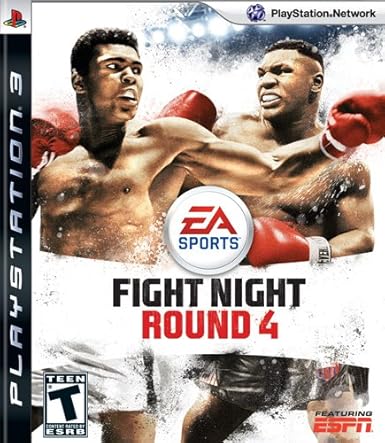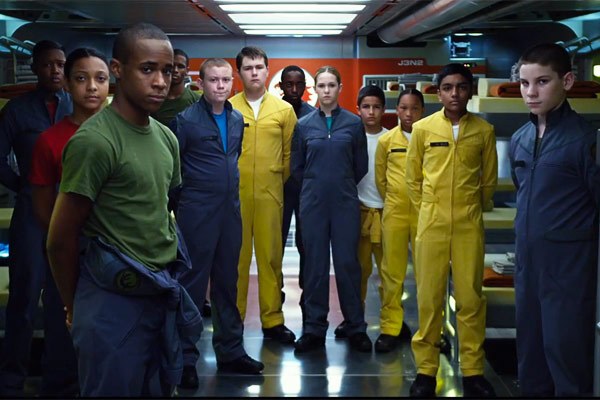I just had to excerpt from Larry Correia’s rant over on his blog. He put voice to some of the frustration so many authors have to swallow. Looks like the straw that broke the camel’s back was some jerk who admittedly didn’t even read the book he posted a review for, but gave it two stars because he didn’t like the price.
(For the record, Mr. Correia has no control over price-setting, since he is traditionally published.)
Here’s part of the rant:
“I didn’t like the color of the box the book was shipped in. ONE STAR!” “I bought this book that is clearly not in the genre I like, so it gets ONE STAR for not being in the genre I wanted because I’m too fucking stupid to read the back cover blurb!” On and on. Holy shit, there should be an IQ test before people are allowed to use the internet, because you are really pissing off the rest of us who don’t sleep in helmets.
Authors simply love having our average ranking pulled down for bullshit that has absolutely nothing to do with the actual book. “I do/don’t like sci-fi. This book has/doesn’t have sci-fi in it. ONE STAR!” “I don’t like whales. Whales are stupid and fat and so is Herman Melville! Moby Dick gets ONE STAR!”
It would be difficult to capture the attitude of this type of reviewer more accurately than these two paragraphs do.
I’ve seen quite a bit of this kind of garbage on Amazon, but I don’t really have a solution for it. The fact that Amazon makes it so easy for their customers to leave reviews is a plus. 95% of people who read a book never leave a review; and it’s too bad that that percentage does not include all the idiots, petty vindictive harpies and PC thought police.
But alas, the 5% who do review has a strong representation from those demographics. Larry is spot on with his lampoon of the individuals who read outside their genre boundaries, then pan the book for not being in the genre they prefer.
I’ve got a hunch some of the drive-by reviews I’ve seen are written by authors (or wannabe authors) hoping to elevate their own reputation by slinging mud at the competition.
As semi-prolific Amazon reviewer myself, I often err on the side of being too generous with the star rating…especially for indie authors. I figure indies need all the help they can get, so I’ve given a lot of 5-star reviews on Amazon when I normally would have been a bit more critical. I usually don’t post a review at all when I think a book only deserves 1 or 2 stars.
And y’know what I’ve noticed? I get a lot of “not helpful” votes on the rare occasion that I do post a tough review. Right up to and including 4-star reviews! I take my time to convey what the book is about, careful not to give away the ending or too many spoilers, and point out what I liked about the book (all for no compensation and often not even reciprocation)…only to have the author and/or their fans vote my review down.
One change I do see as positive is the removal of tagging.
So far as I know it never helped either authors or readers anyway, it was abused as a marketing tool…and then there was my own experience.
I noticed somebody had tagged another author’s book “anti-Semitic” and a few other shocking accusations. I had read the book and knew this was total BS, so I blogged about it. Next thing you know, my own debut novel got tagged “anti-Semitic.”
Now, anyone who has read Hell & Gone knows that was BS, too. I mean, I wouldn’t be surprised if my name was only a couple spaces down from Salmon Rushdie’s on the Islamic Hit List for how Zionist a couple of my heroes are. And I’m sure the Neo-Nazis would include me on a list of their own (assuming they could read or write).
This is how easy it is to malign the character of an author (or anyone) in the Information Age. An accusation is all that’s needed to wreck somebody’s reputation, because most people’s knees will obediently jerk without them ever checking (or thinking) for themselves to find out if there’s any truth to it.
This is one of the costs of freedom: one or two assholes can ruin a good thing for everybody.














